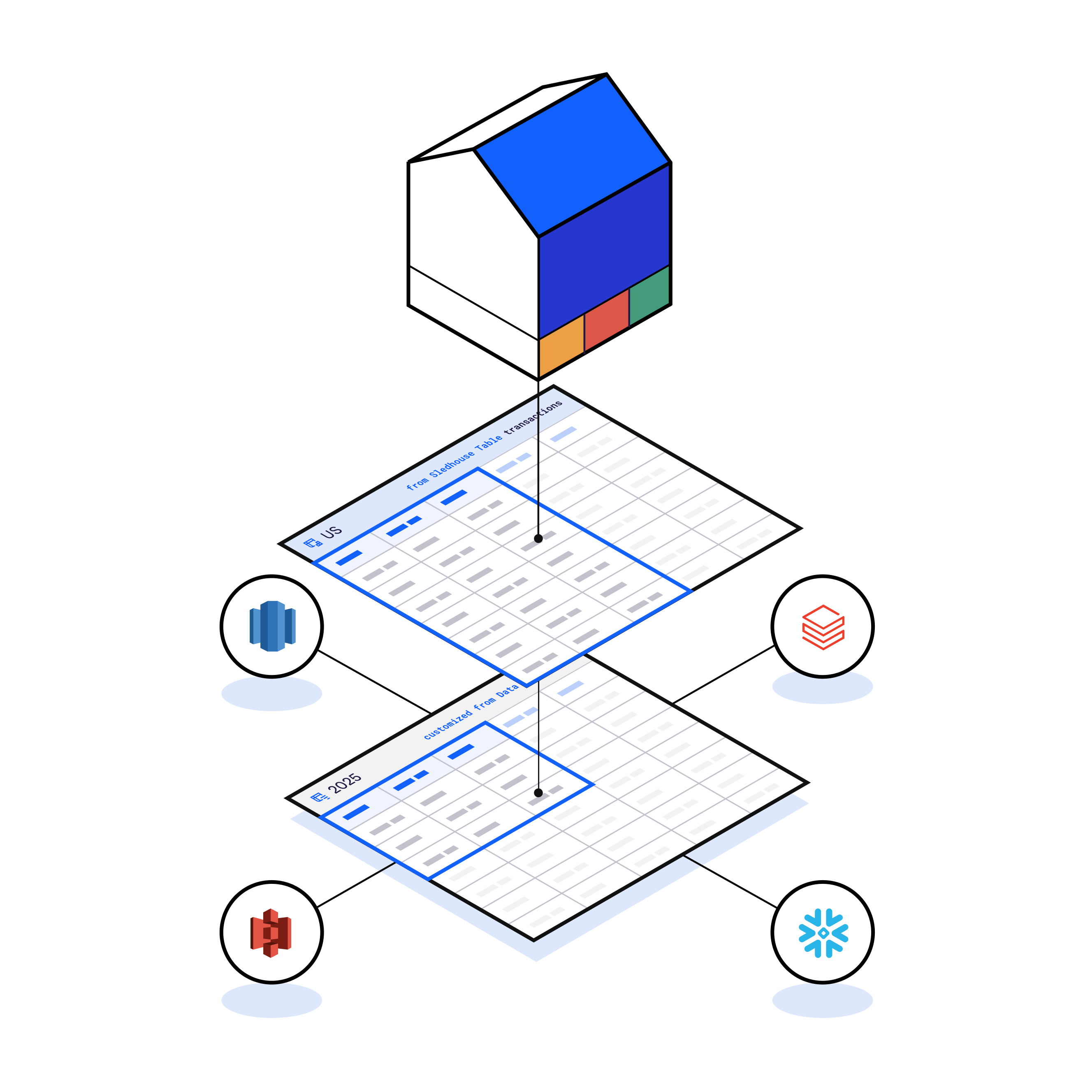A Data Product in Bobsled is a curated, reusable slice of data—built from your Sledhouse Tables—designed for a specific audience or purpose. It’s how you turn your golden copy into exactly what consumers need: the right rows, the right columns, the right structure, and the right context.
It can include row and column filters, cross-table joins, and associated metadata such as names, descriptions, and tags. Data products can serve single or multiple consumers. With Data Products, you’re not just storing data in Sledhouse—you’re shaping it into ready-to-use packages for your consumers.

How it works
A Data Product is made up of two main elements:
The Data
Filtered rows (e.g., only
region = "EU")Selected or excluded columns
Joins across multiple Sledhouse Tables
Aggregated or transformed views
The Metadata
Name & description: to communicate purpose
Tags: for internal organization and search
Access permissions: control who can access it
Usage tracking: monitor adoption and engagement
Why use Data Products in Sledhouse?
Data Products are stored as logical views of your managed Sledhouse Tables, meaning:
They don’t duplicate data.
They can be fulfilled to one or many destinations without re-extracting from your source.
They can be updated automatically as the underlying Sledhouse Table syncs.
What are the benefits?
Custom without duplication: tailor datasets for each audience without creating new physical tables.
Reusable: one Data Product can serve multiple customers or destinations.
Granular control: row-level and column-level permissions protect sensitive data.
Low-latency fulfillment: powered by your managed Sledhouse copy for faster delivery.
Business-friendly: product, sales, or operations teams can define and manage products without waiting on engineering.
Ready to get started? Learn how to create and manage Data Products.
CAN DATA PRODUCTS BE USED IN BOBSLED TRANSFERS?:
Yes—if they’re already defined at the source (e.g., as a view in a data warehouse or a folder in file storage) and then shared through Bobsled. In Transfers, these products are managed at the source, and each time they’re delivered you’ll need to manually configure their replication method and update schedule.